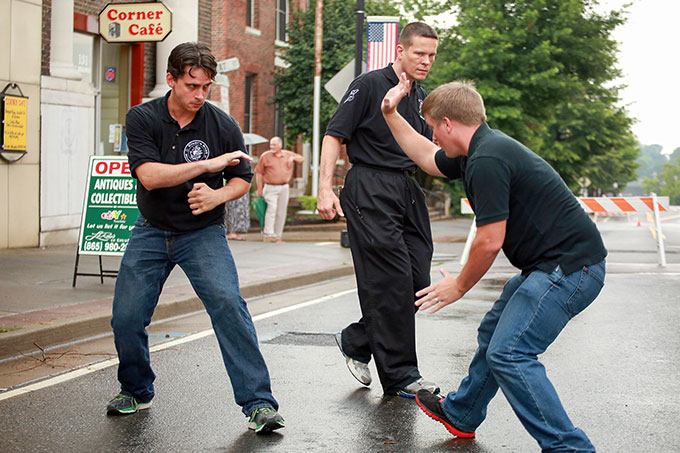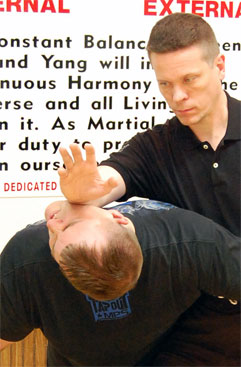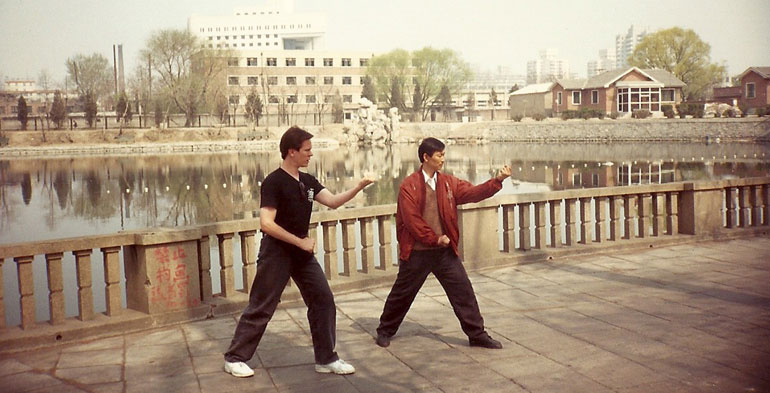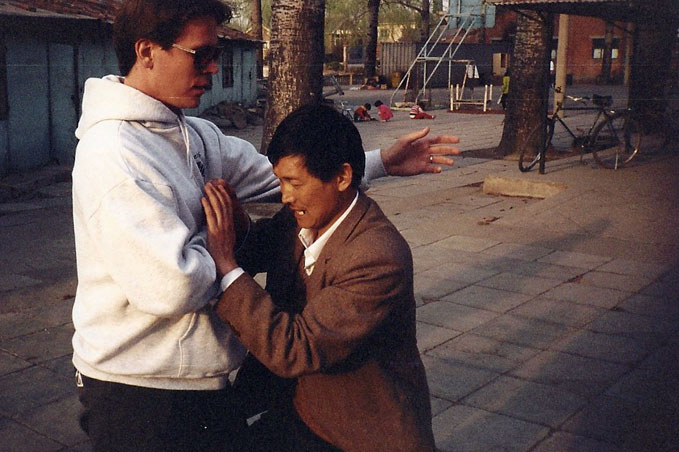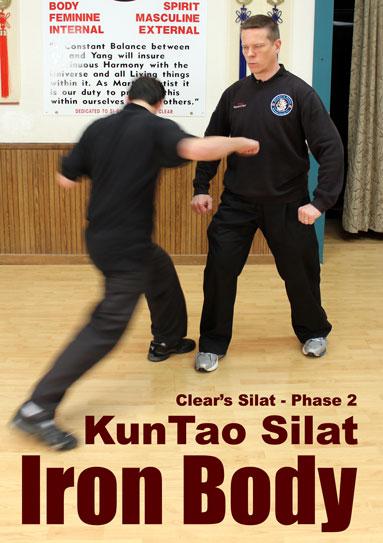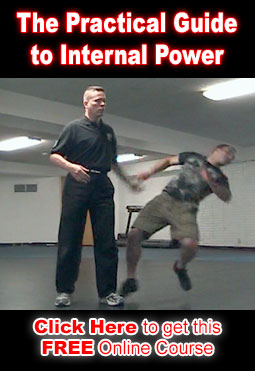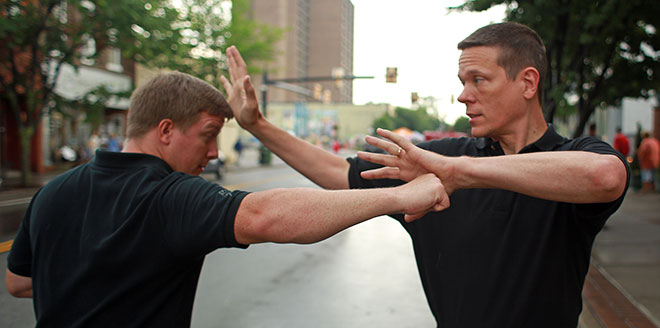 One key reason Sigung Clear has been so successful in studying the arts and developing the skill he has is…
One key reason Sigung Clear has been so successful in studying the arts and developing the skill he has is…
He doesn’t care what it’s called.
He started training with one goal:
– Learn how to survive a vicious street attack.
Shortly after that he added a second goal:
– Learn how to be healthy, active and able at 90 years old.
Everything He’s studied over the years and everything we train and teach today is a means to achieve one or both of those goals.
It’s easy to get caught up in the name of a thing and lose sight of the goal.
Tai Chi wasn’t created to be Tai Chi.
It was designed as a tool, a means to an end. روليت اون لاين
If you lose sight of the purpose…
…well, a hammer is meant to drive nails.
If you start making hammers that are for painting and hanging on a wall, eventually you’ll end up making something that breaks when you strike a nail with it. لعبة جاك
Should you still call it a hammer?
So, we like to take our art off of its pedestal, throw it down the stairs and drag it through the mud.
It’s not the prettiest or the cleanest, but it does the job like nothing else. ماكينة القمار
If that sounds like your idea of fun come join us in the Internal Combat Arts Course:
